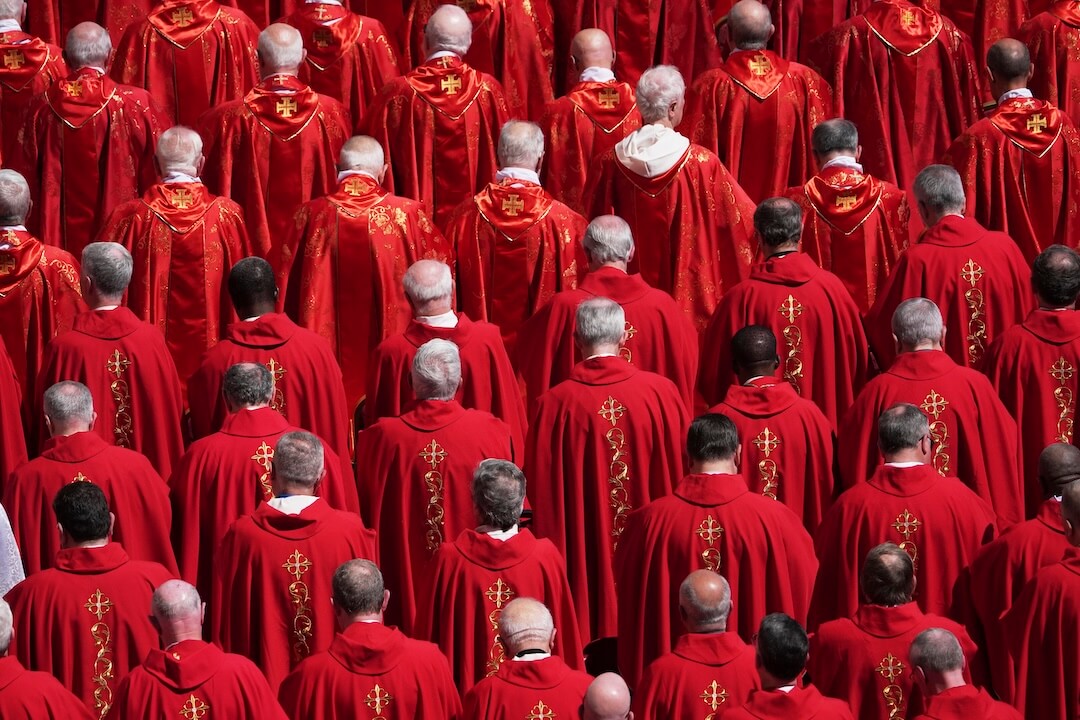Journalists have an obligation to use language that neither shows fear nor favor. And the words that we use to describe the occupation of the Capitol will rightfully be compared to the words we used to describe other protests, especially those which President Donald Trump condemned.
Headlines on the websites of The New York Times and The Washington Post called the Capitol’s occupants a “mob.” Anchors on several networks wondered whether they were looking at a “coup.” At one point, CNN anchor Wolf Blitzer used the word “terrorists” in describing the protesting mob.
In October, The Associated Press, publisher of the ubiquitous journalism stylebook, modified its use of the word “riot,” advising journalists to “use care in deciding which term best applies: A riot is a wild or violent disturbance of the peace involving a group of people. The term riot suggests uncontrolled chaos and pandemonium.”
What unfolded at the Capitol, for me, meets all of the criteria for a “riot.” One person was shot. People sprayed mace at police. One person tried to break into the House chamber only to be met with police pistols. It was wild, it was violent and it was uncontrolled.
The AP’s recommendation was an attempt to push journalists to focus more on the reasons that people are protesting, even violently protesting. “Focusing on rioting and property destruction rather than underlying grievance has been used in the past to stigmatize broad swaths of people protesting against lynching, police brutality or for racial justice, going back to the urban uprisings of the 1960s,” the AP said. In this case, nobody can say that journalists have not covered their grievances about an election that they and their leader say was stolen.
[the_ad id=”667826″]
The AP said the word “unrest” might be a better word when property destruction is involved. “Unrest” is not near enough to describe a mob overrunning the U.S. Capitol.
The word “revolt” fits the situation, but revolt does not imply lawlessness. A revolt is a “rise in rebellion.”
Was this a “protest,” or a “demonstration?” Yes, it was both, but that is not where it ended. Those words, I think, do not denote the lawless behavior that we witnessed. The AP explained what those words should denote:
Protest and demonstration refer to specific actions such as marches, sit-ins, rallies or other actions meant to register dissent. They can be legal or illegal, organized or spontaneous, peaceful or violent, and involve any number of people,” the AP said. “Revolt and uprising both suggest a broader political dimension or civil upheavals, a sustained period of protests or unrest against powerful groups or governing systems.
The dictionary says a protest is a “solemn declaration of opinion and usually of dissent” or “the act of objecting or a gesture of disapproval.”
The D.C. rioters did not solemnly protest.
This same debate arose during the Black Lives Matter marches, overwhelmingly peaceful protests with a common cause. There were riots too, but the instigators and the peaceful protestors were not concentric groups. In fact, there were times when the BLM protestors tried to prevent lawlessness that they feared would undermine the cause of racial equity.
Former President George W. Bush used the word “insurrection” to condemn the violence, lawlessness and the elected officials who warm up to the rioters. President-elect Joe Biden called the crowd a “mob.”
This article was originally published on Jan. 6, 2021.
[the_ad id=”667872″]
[the_ad id=”667878″]







